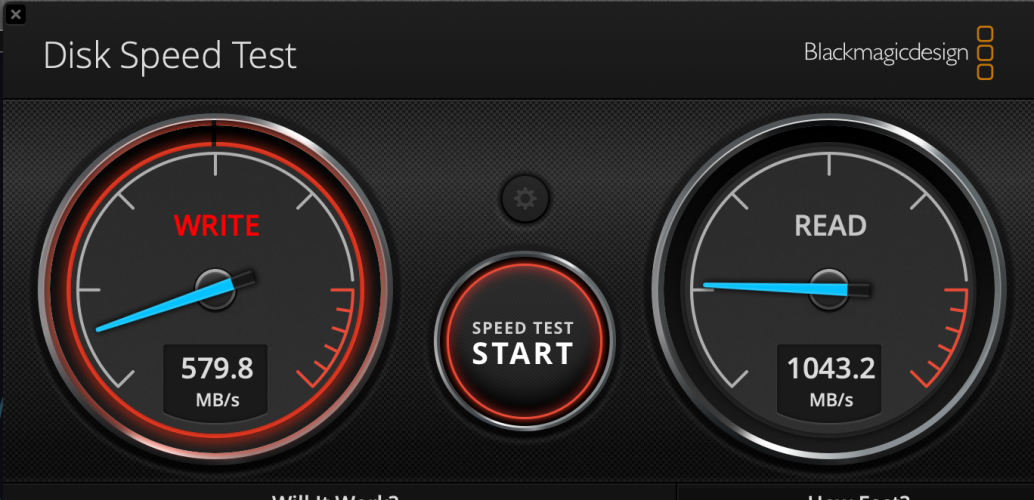What prompted me to finally get a NAS - actually Apple's mysterious about face on supporting thumbnails for HE*. Without being able to see the thumbnails, when choosing to open files and other tasks it got to be a PIA. I knew if I started shooting in Lossless I would eventually jam up the set up I had.
What path I took? People seemed to like the Hudson Henry video on using a Synology 1522+ with an optional 10GB port and 2 NVMe drives. The 1522 has 8mb RAM vs 4 on the 923 and an extra bay. For $100 that seemed worth it for the long run.
While Hudson gives a lot of info, as others here recommended, watch the Spacerex videos too. He goes through lots of settings such scheduling the recycling bin, smart tests both quick and extended, data scrubbing for the shared pool, power recovery, snapshot replication and more. It's not just one video. Watch the Complete Beginners Guide for for DSM 7.2, Top 6 updates, Every feature explained and others that seem interesting to you.
SpaceRex no longer recommends WD Red drives as they mark them problematic after 3 years runtime. I had purchased Seagate Ironwolf. Putting the hardware together was super easy per the video. Setting it up per the Hudson video was also pretty straightforward. The SpaceRex videos added some additional knowledge and implementation steps.
I did have an issue where the 10gb port on my OWC dock didn't have a DNS address but once I solved that, I have not had any issues.
End result is I am getting 525-600 mbs write and 1000 mbs read, and my LR is pretty snappy even with that.
I am going to use separate NVME drives for culling shoots though and then move them to the NAS.
Hope this helps if are still NASing around, trying to decide.
What path I took? People seemed to like the Hudson Henry video on using a Synology 1522+ with an optional 10GB port and 2 NVMe drives. The 1522 has 8mb RAM vs 4 on the 923 and an extra bay. For $100 that seemed worth it for the long run.
While Hudson gives a lot of info, as others here recommended, watch the Spacerex videos too. He goes through lots of settings such scheduling the recycling bin, smart tests both quick and extended, data scrubbing for the shared pool, power recovery, snapshot replication and more. It's not just one video. Watch the Complete Beginners Guide for for DSM 7.2, Top 6 updates, Every feature explained and others that seem interesting to you.
SpaceRex no longer recommends WD Red drives as they mark them problematic after 3 years runtime. I had purchased Seagate Ironwolf. Putting the hardware together was super easy per the video. Setting it up per the Hudson video was also pretty straightforward. The SpaceRex videos added some additional knowledge and implementation steps.
I did have an issue where the 10gb port on my OWC dock didn't have a DNS address but once I solved that, I have not had any issues.
End result is I am getting 525-600 mbs write and 1000 mbs read, and my LR is pretty snappy even with that.
I am going to use separate NVME drives for culling shoots though and then move them to the NAS.
Hope this helps if are still NASing around, trying to decide.


